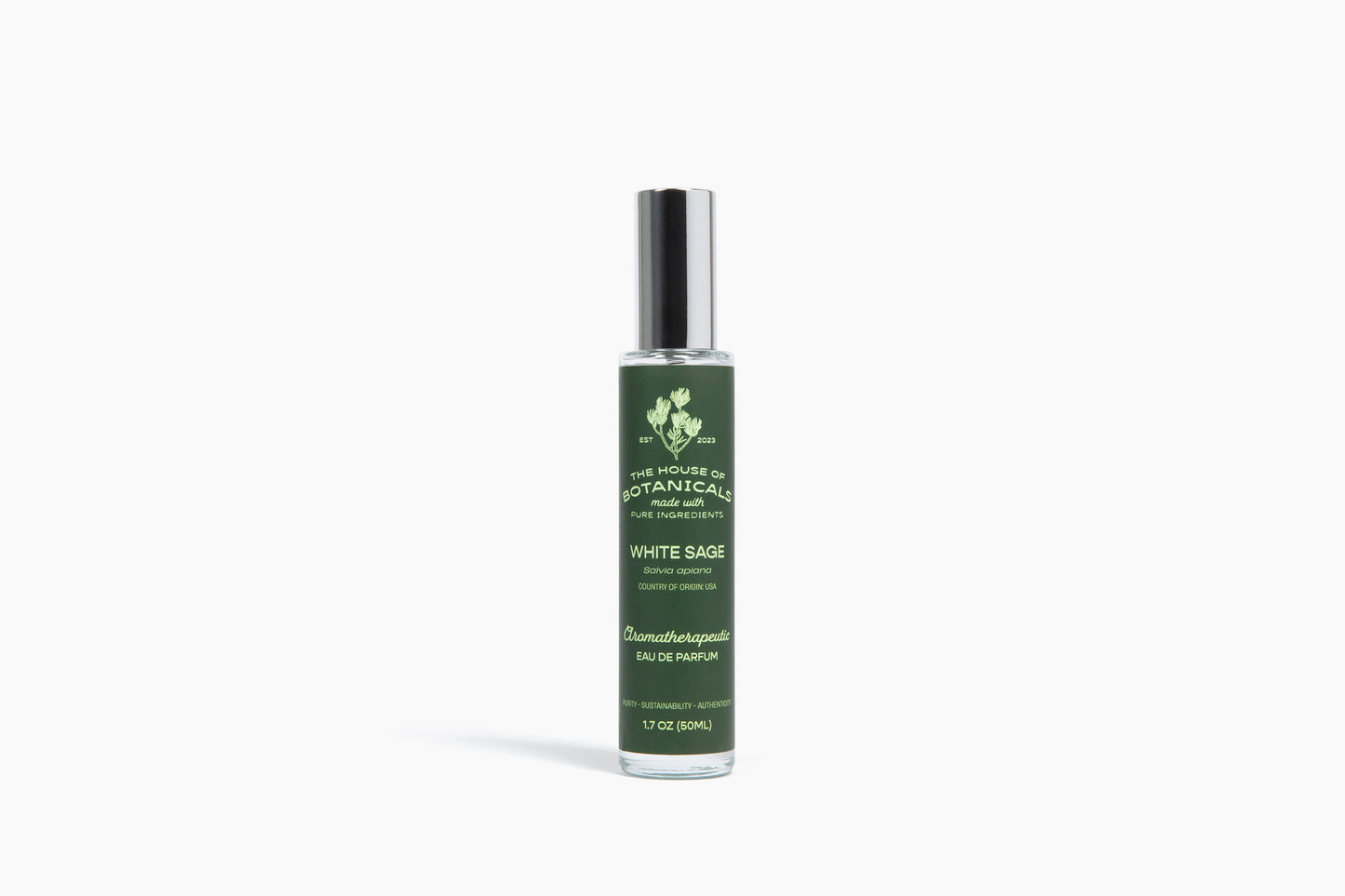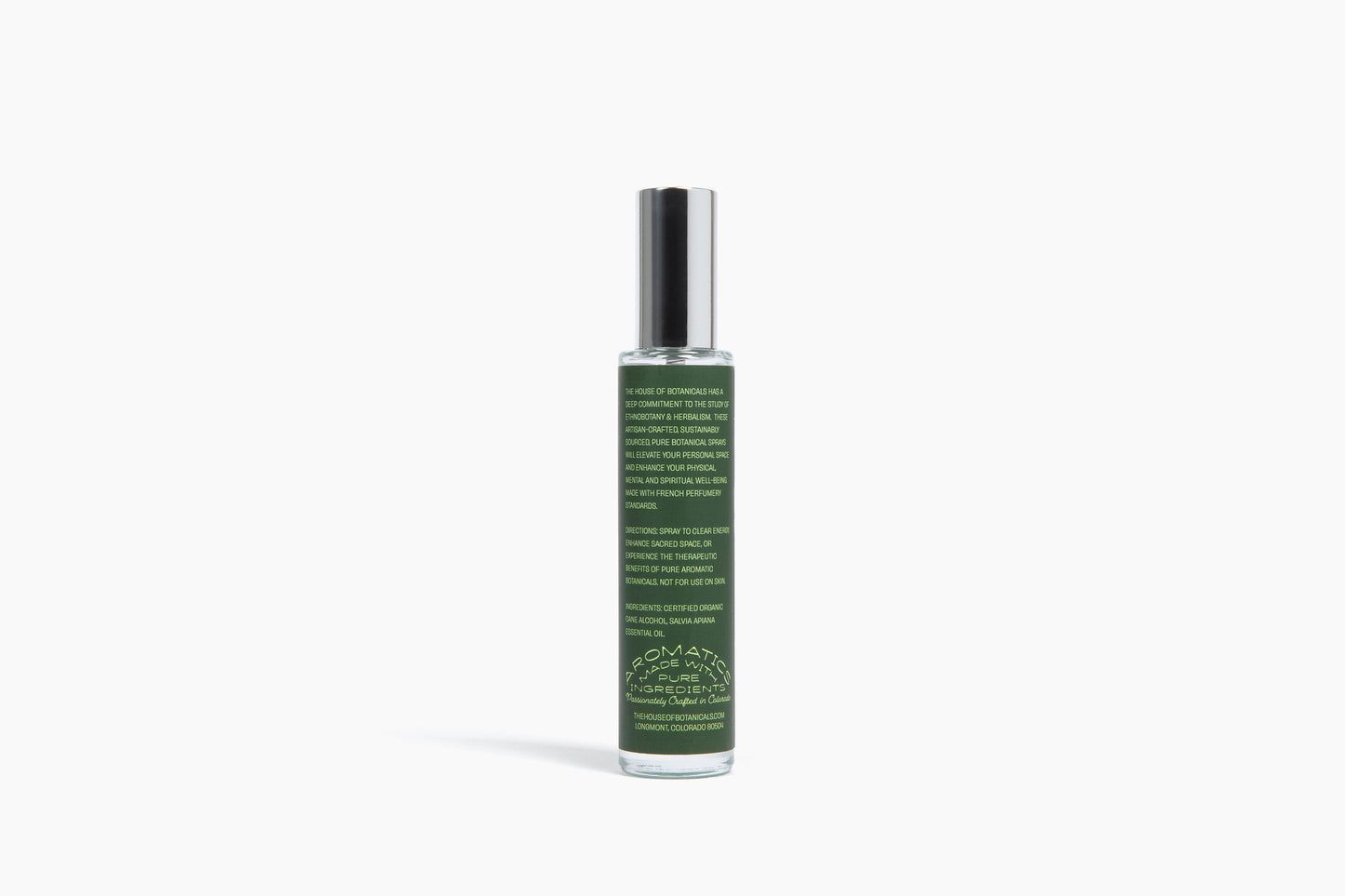White Sage Aromatherapeutic Ritual Spray, 50ml
White Sage Aromatherapeutic Ritual Spray, 50ml
Refresh your home and your mind with our White Sage Aromatherapeutic Ritual Spray. Made with natural, plant-based, non-toxic ingredients, it features the crisp, sun-warmed scent of Salvia apiana, also known as White Sage.
Each spray clears stale energy, neutralizes odors, and creates a calm, balanced atmosphere. Perfect for meditation, yoga, evening rituals, or anytime you want your space to feel lighter, clearer, and more peaceful.
Bring the natural cleansing power of White Sage into your daily routine and transform your home into a space of clarity, calm, and renewal.
Wild Origins
Native to the deserts and coastal chaparral of the American Southwest
Scent Story
Herbal, green, and camphorous, with notes of sun-warmed leaves, dry earth, and desert air after rain
Want to understand the deeper roots of White Sage? Explore its traditional uses, properties, and sourcing in our White Sage Ingredient Guide →
Share








